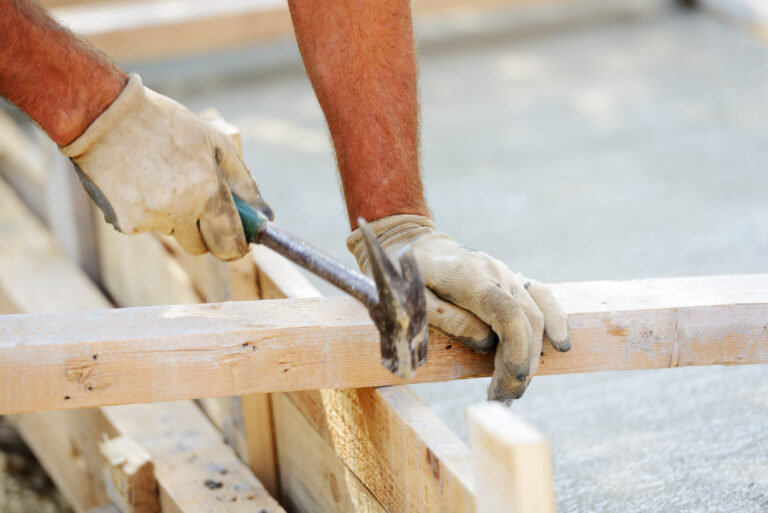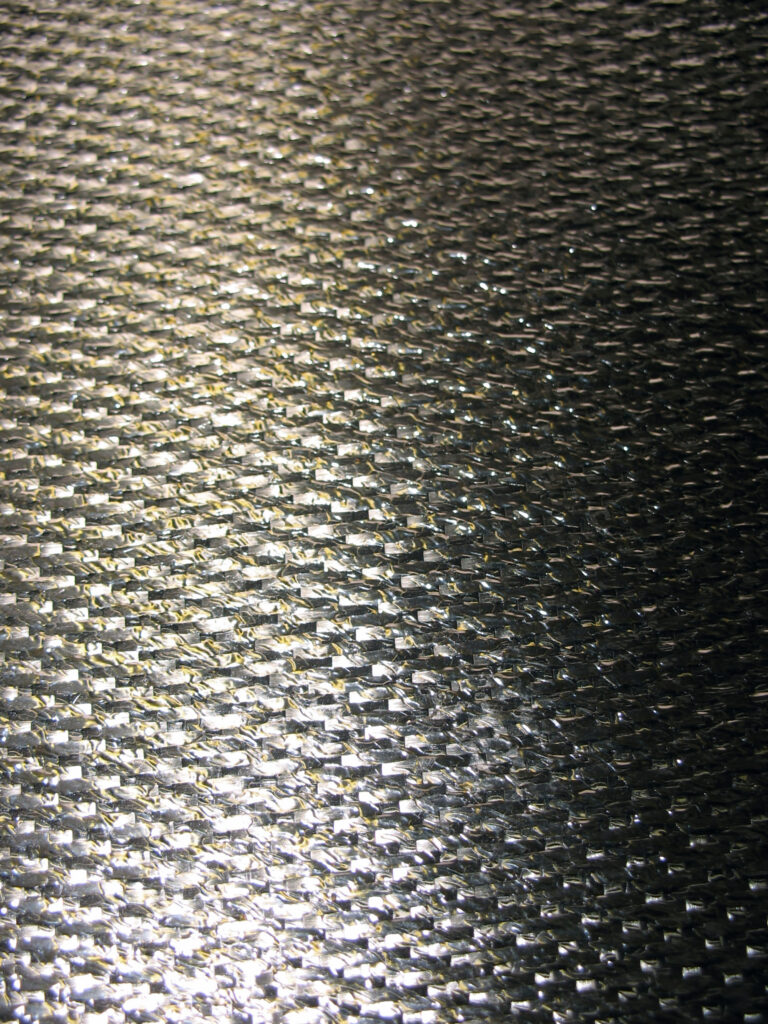5 Easy Ways to Prevent Mold Growth in Your Kitchen
Mold can be a serious problem, especially when it grows unnoticed in your kitchen. Not only does mold ruin food and cause structural damage, but it also poses significant health risks for you and your family. In this article, we will discuss the common causes of mold growth in kitchens, the associated health risks, and five easy ways to prevent mold from growing in your kitchen.
Introduction to Mold Growth in the Kitchen
Molds are types of fungi that thrive in damp environments with plenty of organic matter to feed on. They reproduce by releasing spores into the air, which then land on surfaces where they start new colonies. Mold growth is often seen as black or green patches on walls, ceilings, floors, or even inside cabinets and drawers. While some types of mold are harmless, others release mycotoxins that can cause allergic reactions, respiratory problems, and other illnesses.
Common Causes of Mold Growth in the Kitchen
Kitchens provide ideal conditions for mold growth due to their high humidity levels and abundance of organic materials such as food, paper products, and wood. Some common causes of mold growth in kitchens include:

Leaky pipes or appliances that allow water to accumulate
Poor ventilation that traps moisture indoors
Dirty dishcloths, sponges, or rags left wet overnight
Food residue left behind after cleaning
Storing food items improperly
Health Risks Associated with Mold Exposure
Exposure to mold can trigger various adverse health effects, particularly among people with weakened immune systems or preexisting medical conditions. Common symptoms of mold exposure include:
Respiratory issues like wheezing, coughing, sneezing, or shortness of breath
Skin rashes or irritation
Headaches, fatigue, or muscle aches
Nausea, vomiting, or diarrhea
When to Call a Professional for Mold Removal
If you suspect mold growth in your kitchen, it’s essential to take action immediately before it spreads further. Here are five easy ways to prevent mold growth in your kitchen:
1. Keep your kitchen dry – Use exhaust fans during cooking or running the dishwasher to reduce steam buildup. Open windows to let fresh air circulate, and wipe up any spills promptly.
2. Regularly clean your kitchen – Wipe down countertops, cabinets, and drawers regularly with disinfectant cleaner. Throw away expired food items and keep storage containers tightly sealed.
3. Replace old fixtures – If you notice leaks around faucets or pipes, replace them right away to avoid water accumulation. Consider installing a dehumidifier to lower humidity levels.
4. Air out your kitchen – After cooking or showering, leave doors open to allow airflow throughout the space. Hang dishrags outside to dry instead of leaving them in the sink.
5. Monitor your kitchen closely – Check for signs of mold growth regularly, especially in hidden areas like under sinks or behind appliances. Act quickly if you spot any suspicious patches.
In conclusion, mold growth in the kitchen can pose significant health risks for you and your loved ones. By following these simple steps, you can prevent mold from taking root and ensure a safe, healthy environment for everyone.





